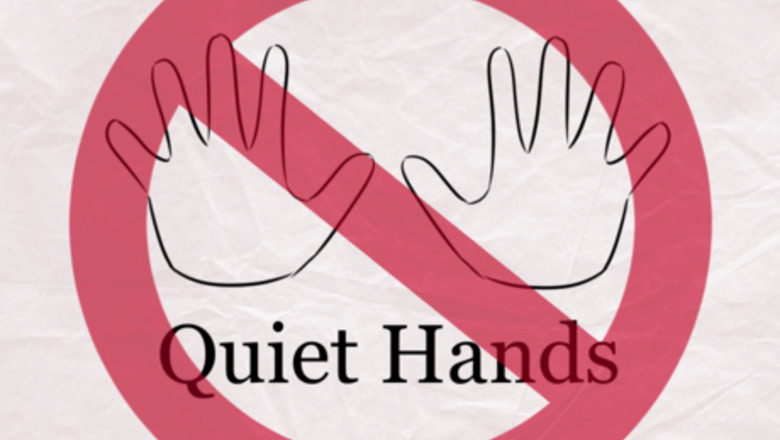
views
Note: This article covers topics such as compliance therapy and abuse, and may be disturbing, especially for people with PTSD caused by therapy. If you feel uncomfortable with such topics, or if you are uncomfortable at any time with any content, we suggest that you stop reading this article.
Considering Therapy Goals

Ask yourself whether the goals involve accommodation or assimilation. The UN states that disabled children have a right to preservation of identity, i.e., to be themselves even if it means looking autistic. Research has shown that autistic people who attempt to "camouflage" their autism are at significantly higher risk of suicide. While some people choose to "fit in" a little, this shouldn't be forced, especially in the home. A good therapist will value the person's individuality and mental health by allowing and encouraging them to be different. They should not try to remove autistic behaviors or characteristics like... Harmless stimming, such as hand flapping or rocking, which helps autistic people self-regulate (You may hear phrases such as "quiet hands" and "table ready" to indicate suppression of stims.) Toe-walking Avoidance of eye contact Introversion or a desire for a quiet social life Other quirks or harmless differences

Consider if the therapist trains your loved one to fake happiness. Some therapists train autistic people to show facial expressions or body language that suggest happiness, regardless of their actual feelings. All people need to be able to express their feelings. No one should be pushed to smile or act happy if they do not feel happy. Training someone to smile makes it harder to know when they're stressed and in need of help. Instead, they may struggle in silence until they can't take it anymore. Did You Know? Dog trainers consider dogs that have been trained not to growl or show aggression as "time bomb dogs" that are likely to attack seemingly "out of nowhere." This is because stopping a dog from acting out will not stop the fear and anxiety that caused the dog to act this way. Similarly, training a child to bottle up their distress is likely to turn them into a "time bomb" of anxiety and aggression. It may make their meltdowns more intense and unpredictable. Children should not be treated worse than dogs.
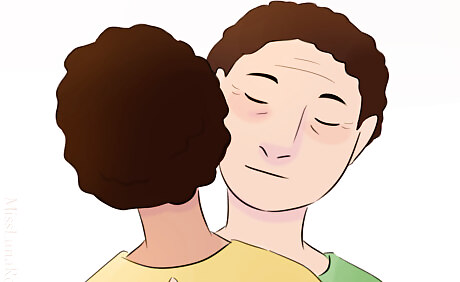
See if your loved one is being taught to hug and show affection on cue. Hugs and kisses should not be trained or pressured, even if it means hurting feelings. The right to set boundaries is important in arming your loved one against sexual and emotional abuse. Autistic people are at high risk of sexual abuse. They need to learn that they choose who touches their body, not that they should let people do what they want.
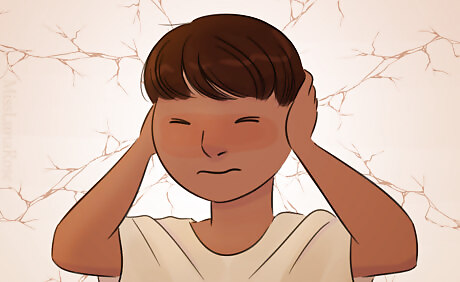
Notice whether the person is being trained to stop reacting to sensory pain. Autistic people's brains don't habituate to sensory input the same way non-autistic brains do. When something is uncomfortable, it doesn't become more tolerable over time. So attempts to "desensitize" them are often just teaching them to hide their pain. This is a dangerous lesson to teach. Physical pain and sensory pain are similar. If someone learns to hide and ignore pain, then they may end up not seeking treatment for illness or injury when they need it.
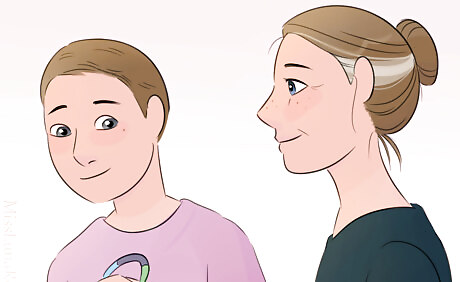
Consider whether the therapist is fighting or accommodating the autistic person's brain. A bad therapist may try in vain to make your loved one not be or act autistic; a good one will seek to work with them so they can grow into a happy and capable autistic adult. Therapists should focus on helping the person become a happy autistic person, not a non-autistic one. Good therapy goals might include... Building emotional identification and regulation skills Finding comfortable and non-harmful stims, instead of extinguishing all stimming that doesn't look "socially acceptable" Finding ways to accommodate and alleviate sensory issues Assertiveness training Gaining social skills in a friendly environment (Note: terms like "social skills" or "pragmatic language" can also be used as euphemisms for being taught to socialize in non-autistic ways, such as reinforcing eye contact or rigid social scripts that encourage masking. So be mindful that your child is consensually learning skills that are universally helpful across neurotypes, which include assertiveness and self-advocacy as well as making friends. ) Learning perspective-taking skills and gaining an understanding of why non-autistic people act the way they do Discussing and working on your loved one's own personal goals

Evaluate whether learning communication is treated as an essential skill, or a performance to please adults. Communication should be considered more important than verbal speech (including both behavior and AAC). Beginning vocabulary should focus on basic needs instead of parents' feelings. Words such as "yes," "no," "stop," "hungry," and "hurt" are more necessary than "I love you" or "Mommy." Behavior and nonverbal communication should be honored and respected, even as someone is learning to communicate via AAC or speech.
Examining Therapy Sessions
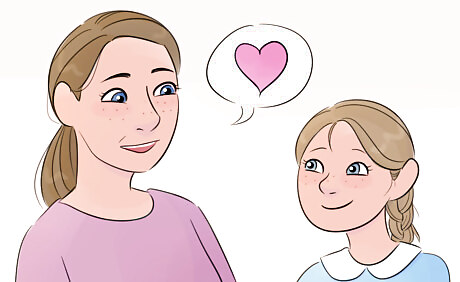
Consider whether the therapist presumes competence. A good therapist will always assume that the loved one is capable of listening (even if they seem unresponsive), and will assume that they are doing their best. A nonspeaking or partially nonspeaking loved one is able to think more deeply than they can communicate. Their body may not always obey them, so they may not be able to accurately point to the things they want to point to. The therapist should care about why your loved one does what they do, and never assume that a behavior is meaningless, nor should they choose to ignore what the autistic person might be trying to communicate. Schoolwork designed for a four-year-old is not appropriate for a sixteen-year-old.
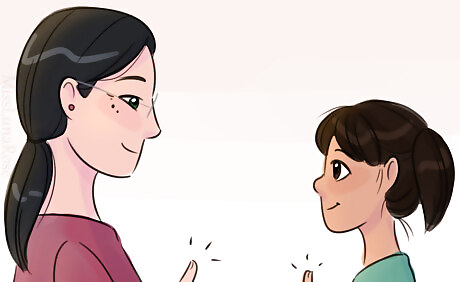
Evaluate whether the therapy is a team effort or a battle. Consent matters. A good therapist will try to work with your loved one and respectfully engage with them on their level. Therapy should not be a battle, and autistic people should not have to suffer through it. Think if it would be better described as cooperation or as compliance. Your loved one should be able to voice concerns, opinions, and goals. They should have input in their own treatment. A therapist needs to honor a "no." If your loved one is ignored when they say "no," they learn that the word "no" is not important and they do not need to listen to it. Find a fun therapy for your loved one if you can. Many good therapies feel like structured playtime.
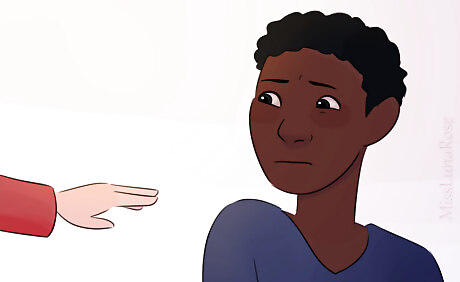
Take a close look at how boundaries are treated. Your loved one should be able to say no, and have the therapist listen to them. The therapist should not push, pressure, coerce, or threaten loss of tokens or privileges if the autistic person is not comfortable with something. Your loved one should be taken seriously when they say no or express discomfort (verbally or not). Bullying and sexual abuse victimization rates are high in autistic children (and adults). Consider asking that assertiveness training be part of your loved one's therapy program.
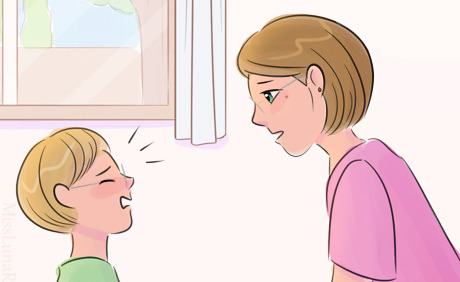
Notice whether acting out is met with empathy or attempts to control the behavior. Acting out is a sign of stress. A bad therapist may simply punish or ignore the person until they act the way the therapist prefers. A good therapist will take time to investigate what's wrong and help the person find a more constructive way to address what's bothering them. This helps the person learn how to handle the needs or difficult emotions that triggered the behavior. Acting out is usually a sign that someone doesn't know how to handle their emotions. The best way to handle this isn't to enforce an immediate punishment, but to help the person label the feeling, cope, and find a constructive way to take action. For example, if a little girl cries when her crayon breaks, a bad therapist might try to control her behavior and make her stop crying. A good therapist might show empathy, help her find words to describe how she's feeling, and then show her what she can do (like asking an adult to help her tape the crayon back together).

Examine the use of reinforcers (punishment and reward). Reinforcers can be effective, but can also be overused or abused. A bad therapist may tell you to deny your loved one access to their favorite things at home, in order to make them work for them in therapy. They may try to use reinforcers as a method of coercion. This can worsen self-esteem and create learned helplessness. Take note if the therapist uses or restricts... Food Access to beloved things, such as their special interest or their teddy bear Negative reinforcers, aka "aversives" or corporal punishment (e.g. slapping, squirting vinegar in the mouth, spraying water in the face, forced inhalation of ammonia, electric shocks) Ability to take breaks Too many reinforcers; the autistic person's life is a series of tokens and exchanges, or they are losing internal motivationDid You Know? Aversives increase aggression and anxiety. Dog training professionals have stated they should not be used at all. Don't trust someone who would treat a child worse than a dog.

Pay attention to how much the therapist ignores the person. "Planned ignoring" is a technique in which a therapist ignores someone's behavior until it goes away. However, it rarely helps the situation, since the cause of the behavior is ignored. Frequent withholding of attention and affection is harmful, especially for a developing child. Oftentimes "bad" or "weird" behavior is an attempt to communicate a feeling or need. Having communication attempts ignored can erode trust and make the person feel frustrated and helpless. Sometimes planned ignoring results in dramatic escalation as the child tries to get a physical or emotional need met.Did You Know? Planned ignoring often doesn't address the reason why the behavior is happening or why the person feels the need to act a certain way. Problems rarely go away when ignored. It's more constructive to investigate the need or problem causing the behavior and then guide the person on how to resolve it.

Consider your loved one's ability to take a break to calm down or stim. A bad therapy may push an autistic person long after they need a break, and even use this as a technique to break their will so that they comply. A good therapy allows plenty of breaks as needed. 40 hours per week of therapy is as demanding as a full-time job. This can be exhausting, especially for young children. A good therapist will encourage your loved one to communicate the need for a break, and allow a break whenever the autistic person or the therapist thinks one is needed. A bad therapist may only let the person have a break if they have "earned" it as a reward.

Look at the rigidity of the program. Autistic people are diverse, so therapy should be tailored to the person's needs and interests. If something isn't working, the therapist shouldn't keep doing the same thing over and over while your loved one gets more and more frustrated. In addition to being useless, the constant failure can hurt your loved one's self-esteem and make them begin to hate therapy. See if the therapist is willing to be flexible and try a new approach or a new goal. Which comes first, the person or the progress? A bad therapist will keep imposing the same commands and lessons over and over, even if the person clearly isn't learning with this approach. In extreme cases, bad therapists have tried to train children to overcome medical conditions outside the child's control. A good therapist will be willing to say "this isn't working." They'll either find a new way to teach or decide to focus on a different goal for now. A good therapist may incorporate the person's interests and skills to help with learning. For example, a child who loves board games can learn counting and math skills with a board game. A child who loves blocks can learn to sort things with labels taped to blocks. A child who loves dogs can learn to write by writing sentences about dogs.Did You Know? Good therapists are willing to be flexible to accommodate the person's needs and emotions. If they realize their expectations were unrealistic, they'll adjust so that the person can move at their own pace. Bad therapists may only care about the time frame and whether they can make the person "progress" quickly enough, regardless of whether the person can handle it.
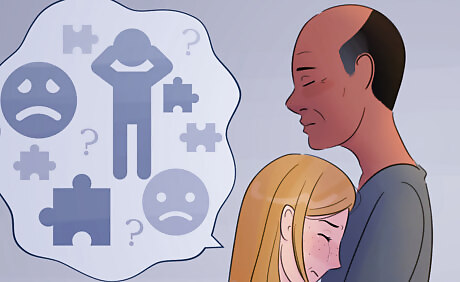
See whether the therapist cares about the autistic person's emotions. Therapies such as ABA focus on the ABC model—antecedent, behavior, consequence. While this can be useful, it becomes dangerous if internal experiences (such as emotions and stress) are ignored. A good therapist will empathize with your loved one and try to see the world through their perspective. A good therapist will be careful not to push your loved one too hard. If the person is stressed, the therapist will empathize and comfort them or let them take a break. A bad therapist will not stop if they are causing distress, or may push even harder. They may provoke a meltdown. They may train your loved one to obey commands and follow rules even when it is too stressful.
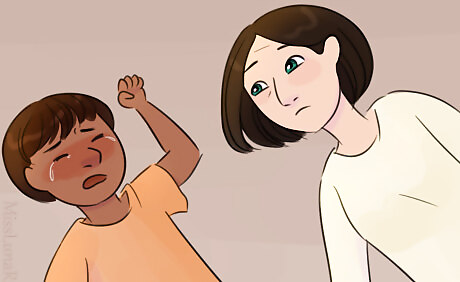
Consider how the therapist reacts if your loved one cries or gets upset. A good therapist will immediately de-escalate and show concern (or remorse) over the situation. A bad one may press harder, pin them down, or try to "break" the autistic person, turning it into a battle of the wills. A good therapist will be honest about what happened, and take steps to prevent it from happening again. They care about your loved one's emotional pain. Some bad therapists explain these as "tantrums" and insist that these must be dealt with harshly. Too many weeks, months, or years of tears and frustration may lead previously nonviolent children to become aggressive.
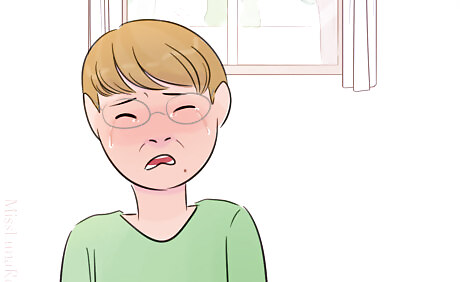
Notice if the therapist provokes the person on purpose. Some therapists will strategically torment people. They want to trigger a meltdown, self-injury episode, or other expression of severe stress. Then, once the person is at their wits' end, they try to control their behavior. Psychologically torturing someone so you can force a breakdown when it's convenient to you is not good for their wellbeing.
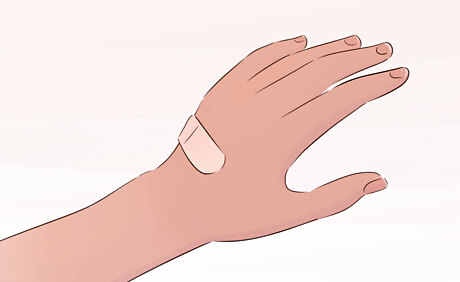
Beware of physical intervention. Some therapists will physically force compliance if an autistic person does not do what they want. Since a bad therapist may deny any wrongdoing and blame your loved one, you may need to set up a nanny cam to find out what actually happens. Look for... Aversives, such as spraying vinegar in the mouth or forcing them to eat wasabi Grabbing and moving the person against their will (including hand-over-hand on an unwilling person) Forced restraint (slapping hands onto table, pinning them against the floor instead of de-escalating, using prone restraint/face-down restraint/long-term restraint even though this can be and has been lethal) Trapping them ("calm down" rooms with locked doors, chairs with straps to hold them down) Red marks, bruises, or cuts on your loved one
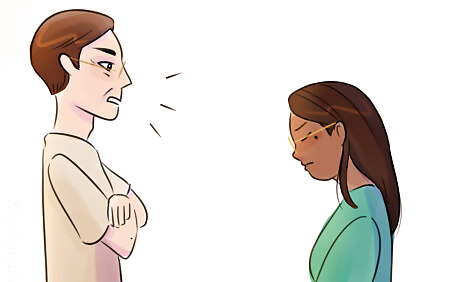
Consider whether you would be okay with a non-autistic person being treated this way. No one is "too low-functioning" to be treated well, and it can help to visualize a non-autistic child being treated like your loved one is being treated. Take a minute to imagine it. Does this make you uncomfortable? Would you flinch or intervene if you saw a non-autistic sibling or peer being treated this way? Imagine yourself being the autistic person's age. Would it feel demeaning if you went through this? If a parent treated a non-autistic child this way, would you be calling Child Protective Services?
Paying Attention to Your Loved One
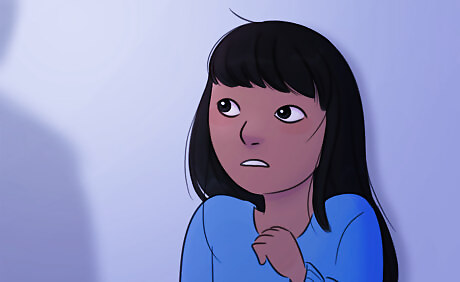
Think about how your loved one responds when it's time for therapy to start. How do they act when the session begins or when a break is over? While people may not always be excited to start therapy, anxious behavior or major resistance are a sign that something is wrong. Pay attention to fear-related behavior like: Running away from the therapist, including running into traffic Crying or screaming Protesting (like saying "I hate you" or "No!") Pleading or making excuses Flopping to the floor and refusing to get up after you pause and offer them a hand Hiding Resisting when being grabbed or dragged to the therapy room Aggression

Notice signs of whether your loved one is getting tired or upset during therapy. Tasks in ABA therapy (like talking a lot or doing challenging motor skills activities) can be tiring, and other activities like school tend to tire out autistic kids. An overtired person is an unhappy person who won't learn well. Look at whether the therapist notices and responds helpfully to signs that the person is worn out. Is your loved one rubbing their eyes, turning away, avoiding or refusing demands, moving slowly, or whining/complaining a lot? Does the therapist recognize these as signs of being tired, or does the therapist consider this to be "problem behavior" or "disobedience"? When the person shows signs of being worn out or distressed, does the therapist let them take a break or transition to an easier activity? Or does the therapist keep pushing until the child either gives up or has an outburst or panic attack?
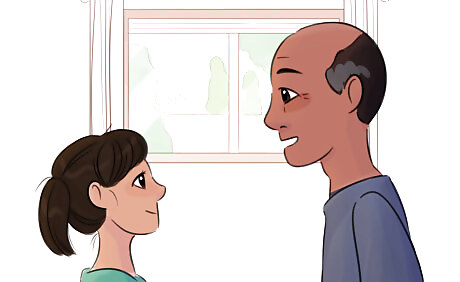
Evaluate whether your loved one feels safe in therapy. Children need love and attention in a safe environment, whether they are autistic or not. Good therapy will help autistic people feel relaxed and safe. If it involves regular screaming, sobbing, or battles of wills, then this is a serious problem. Bad days do happen, and your loved one may cry in therapy. If this happens, consider what role the therapist played in the cause of distress, and how they responded.
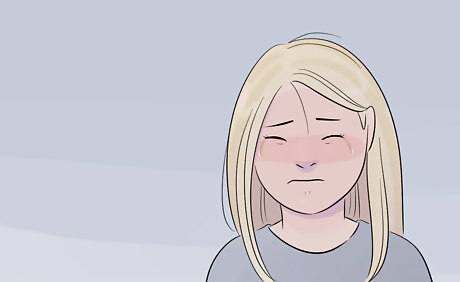
Be wary if your loved one appears to be regressing or becoming fearful. A harmful therapy may place severe stress on your loved one, causing autistic burnout, trauma symptoms or abuse symptoms. Your loved one may act "like a different person" during therapy or with people involved with therapy, or even all the time. While therapy may not be the cause, take it seriously, especially if you see other signs of something being wrong. Watch for... Increased meltdowns Heightened anxiety; decreased trust of adults Loss of skills Extreme behavior: demanding, aggressive, extremely compliant, withdrawn, listless Suicidal thoughts Increased distress before, during, or after therapy Aggression, if it was never a serious problem before Other changes in mood, skill, or behavior
Examining Your Relationship with the Therapist
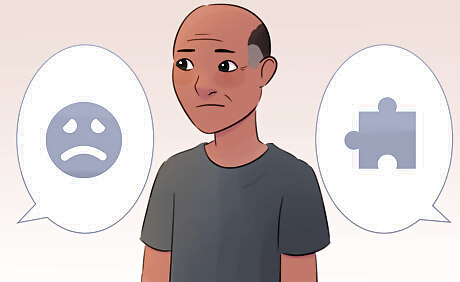
Be wary of false promises and disaster rhetoric. A bad therapist may be dishonest with you, manipulate you, or make promises that they do not deliver on. They may wave off concerns, blame you, or blame your loved one if things do not go as they say. Look for these issues: Autism is lifelong. Your loved one cannot be "cured" of autism. "Losing their diagnosis" is not necessarily an optimal outcome, especially if it means that the person is constantly suppressing their feelings and desires. Autistic people are diverse. There is a common saying in the autistic community: "If you've met one autistic person, you've met one autistic person." Autism is a spectrum, meaning it affects people in different ways. A one-size-fits-all approach is unlikely to meet your loved one's individual needs. Other good therapies do exist. If a therapy claims that it is the "chemotherapy of autism," or that all other therapies are bogus, your therapist is not being honest. Quitting ABA is not dooming your child. ABA teaches some tasks better than others. It can be useful to teach physical skills like getting dressed or tapping shoulders to get someone's attention. Since it is data-driven, it does not work as well for teaching speech or skills involving a mind-body disconnect (e.g. trying to point to the correct card). Autistic people have real emotions. If your loved one is acting scared or in pain, it's probably because they are. They need empathy, not punishment. Autism and happiness aren't mutually exclusive. Your loved one can live a happy, successful life and be autistic at the same time.

Notice how the therapist talks about autism and your loved one. Even if your loved one is nonspeaking and appears unresponsive, they can pick up on the therapist's words or attitude. A highly negative attitude can damage an autistic person's self-esteem, and may also suggest that the therapist is willing to mistreat them. Calling autism a tragedy, horrible burden, life-destroying monster, etc. Calling your loved one "manipulative" or blaming them for any issues that arise Urging you to punish the loved one more harshly
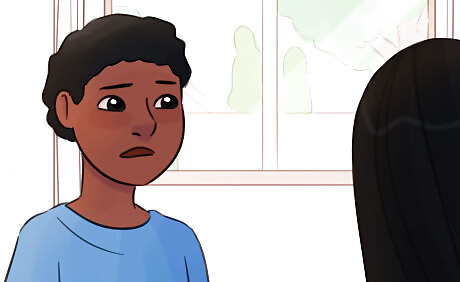
Pay attention to whether the therapist tells you not to comfort the autistic person. Radical behaviorism involves always responding negatively to "bad" behavior. The therapist may tell you to ignore behavior like crying, whining, flopping to the floor, or anything else that shows distress. Yet this is often when your loved one needs you most. If you were to hurt yourself and say "ow," swear, or cry, other people would usually stop what they were doing to check on or comfort you. According to radical behaviorism, that's "rewarding the behavior" by caring for you instead of ignoring your pain. But is it really so bad to teach someone that when they express distress, other people might come help and comfort them? They may call you a "pushover" who "spoils" and "coddles" the person by giving them love and attention.

Consider whether the therapist allows you to witness sessions at all. If the therapist is hurting your loved one (emotionally or physically), they may try to keep you from finding out. The therapist may tell you that your presence would be a distraction, or that you would interfere. This is a serious red flag. If you are not allowed to see the sessions, but the therapist reports back, be aware that they may not be telling you the full story.
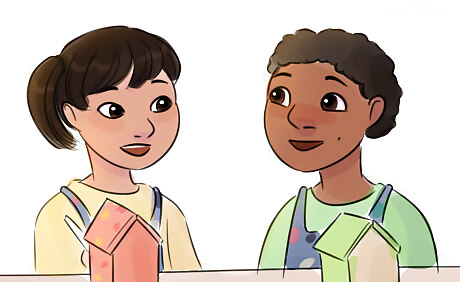
Pay attention if the therapist tells you to avoid other programs for your loved one. They might tell you to quit other therapies, or not to let your child join play groups or educational programs. Don't listen to someone who wants to isolate you and your loved one from the rest of the world. Kids and teens should be able to socialize with their peers (with adequate supervision if necessary), and you should be able to chat with other parents and caregivers.
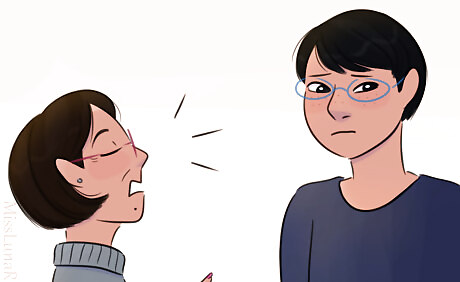
Think about whether the therapist listens to your concerns. As a parent, caregiver, or loved one, your instincts matter. You can usually tell when something is wrong for your loved one. A good therapist will listen to any doubts and take them seriously, while a bad one may act defensive, wave them off, or pull rank. A bad therapist might tell you not to trust your judgment. This is an enormous red flag. They may be an expert, but that does not mean that your thoughts mean nothing. If you voice lasting disagreement, a bad therapist may try to turn other people against you.
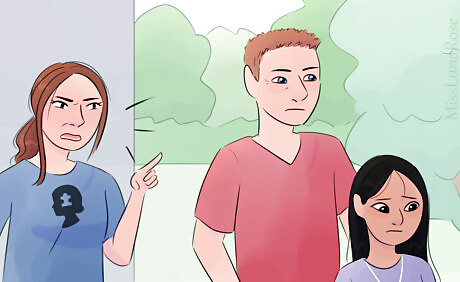
Trust your intuition. If you're getting a niggling feeling that something isn't right, then that is an important feeling worth exploring. If it seems wrong, don't be afraid to walk away. There are other therapists, both in ABA and other therapies. Don't settle for anything less than your loved one's happiness. Some parents report that their kids are happier and less anxious once they quit ABA or reduced the number of hours of therapy.

















Comments
0 comment